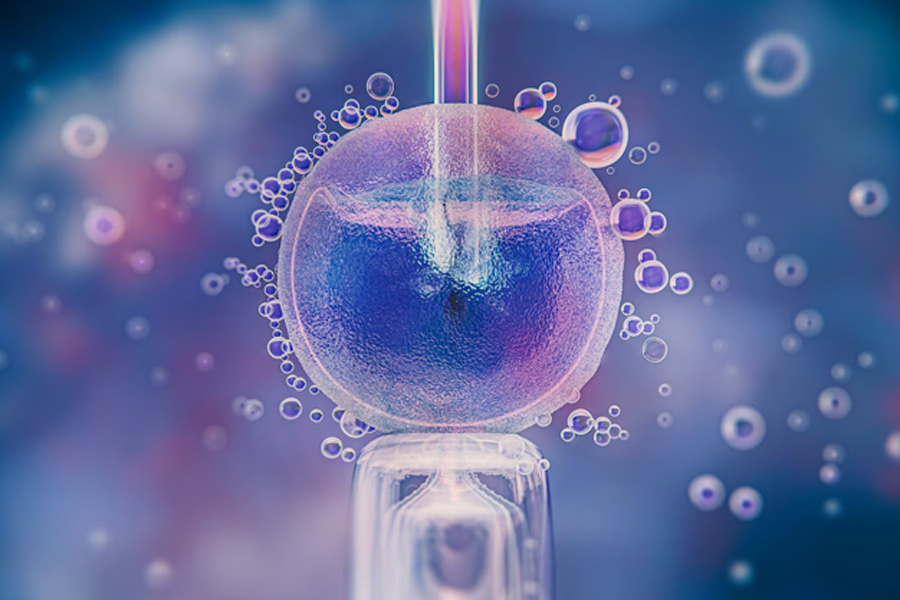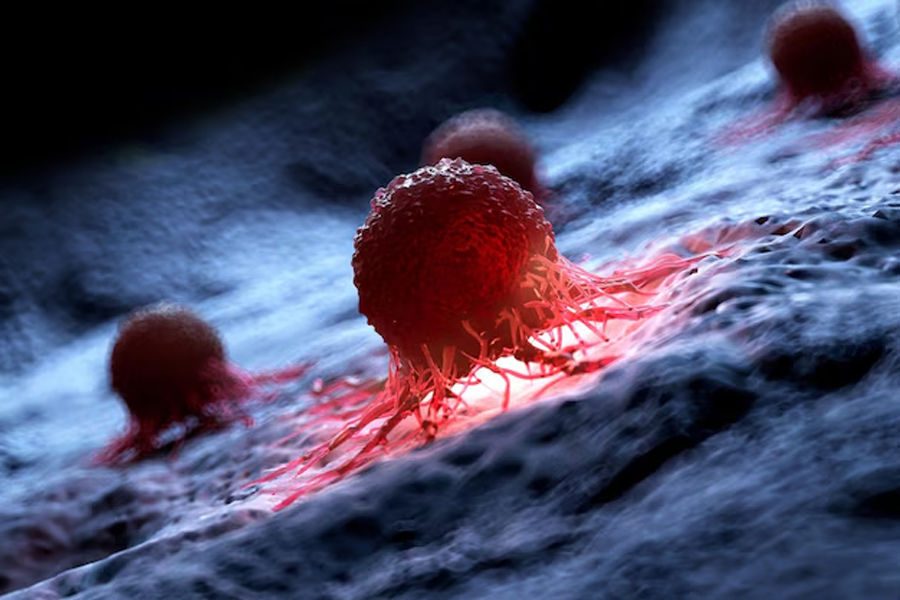Early detection plays a crucial role in improving cancer survival rates, and now, a group of US scientists may have taken a major leap forward. Researchers at Johns Hopkins University have developed an advanced blood test that could identify cancer more than three years before symptoms appear, potentially giving patients a powerful head start in fighting the disease.
To understand the implications of this discovery, we reached out to Dr Arun Kumar Goel, Chairman of Surgical Oncology at Andromeda Cancer Hospital, Sonipat, who shed more light on what this means for the future of cancer detection.
Early Signs of Cancer Found in Patient's Blood Before Diagnosis
“The innovative test works by analysing blood biomarkers, particularly fragments of DNA that are shed into the bloodstream by growing tumours. These fragments, known as circulating tumour DNA (ctDNA), carry mutations that are specific to cancer and can be detected using high-precision algorithms,” as per The New York Post.
“This kind of early detection gives us a real opportunity to intervene when tumours are still small and more treatable,” explains Yuxuan Wang, an oncology researcher at Johns Hopkins. According to Wang, diagnosing cancer three years earlier than current methods could mean the difference between aggressive treatment and early-stage intervention.

Researchers studied blood samples from 52 individuals, half of whom developed cancer within six months of testing. By analyzing the ctDNA in these samples, the team was able to flag early signs of cancer in eight out of the 26 participants who later got diagnosed, translating to a 31 % early detection rate.
Don't Miss:Breast Cancer Screening For New Mothers: Is it Safe, Things To Know Before One, And More
While this may seem modest, scientists say it’s an important proof of concept. “This study highlights the potential of multi-cancer early detection (MCED) tests to catch cancer at its earliest stages,” says Dr Bert Vogelstein of the Ludwig Center at Johns, as per The New York Post.
Is Early Cancer Detection Possible?
Traditional imaging methods, like CT scans and MRIs, can only detect tumours once they have reached a certain size. But is it possible to detect cancer months, or even years, before it’s visible, just like Johns Hopkins University research?
According to Dr Goel, cutting-edge research is now focusing on advanced molecular testing using blood samples, a method that could dramatically change how and when we detect cancer.
“Modern studies are now exploring how components in our blood can reveal the presence of cancer long before symptoms appear,” says Dr Goel. These techniques fall under a revolutionary concept called Multi-Cancer Early Detection (MCED). These blood-based tools are already being used in some cancer patients to detect recurrence, perform genetic profiling, and tailor targeted therapies, a method known as liquid biopsy.
Here are the seven key technologies currently being explored in MCED:
1.Circulating Tumour Cells (CTCs)
2.Circulating Tumour DNA (ctDNA) or Cell-Free DNA
3.Exosomes and Cell-Free RNA
4.Tumour-Educated Platelets and Protein Biomarkers
5.Biochemical Signatures and Metabolic Changes
6.Blood Component Spectroscopy
7.Flow Cytometry Techniques

Among these, the most promising so far is circulating tumour DNA (ctDNA). This involves identifying specific DNA fragments shed by tumours into the bloodstream. Researchers can analyse methylation patterns and look for mutations linked to cancer, often long before a tumour is large enough to be detected by conventional scans.
Don't Miss:How Does Naturopathy Help Maintain Breast Health And Prevent Cancer?
Early Detection Of Cancer vs Treatment
While these advances sound game-changing, and they are, Dr Goel highlights a key challenge: What happens after a cancer signature is detected?
“When a screening test flags a possible cancer, we still need to determine where it is,” he explains. To do this, researchers are developing organ-specific tests to trace the origin of the malignancy. However, in many cases, the cancer signature may appear well before any visible tumour forms, making localisation extremely difficult.
Another important consideration: Just because we can detect cancer early doesn’t mean we can treat it effectively at that stage. “If we’re unable to offer a clear treatment plan after early detection, we risk causing unnecessary anxiety and distress to the patient,” says Dr Goel.
Despite these hurdles, the momentum in early detection research is growing rapidly. Experts believe that shortly, we could have comprehensive blood tests capable of detecting a wide range of cancers (‘pan-cancer’ screening), followed by a secondary layer of tests that pinpoint the organ of origin.
“These tools will not only be valuable for early detection in healthy individuals but also in monitoring patients who are undergoing treatment or are in remission,” Dr Goel adds. This includes catching recurrence or treatment failure earlier than ever.
Keep reading Herzindagi for more such stories.
Credits: Freepik

Take charge of your wellness journey—download the HerZindagi app for daily updates on fitness, beauty, and a healthy lifestyle!
Comments
All Comments (0)
Join the conversation